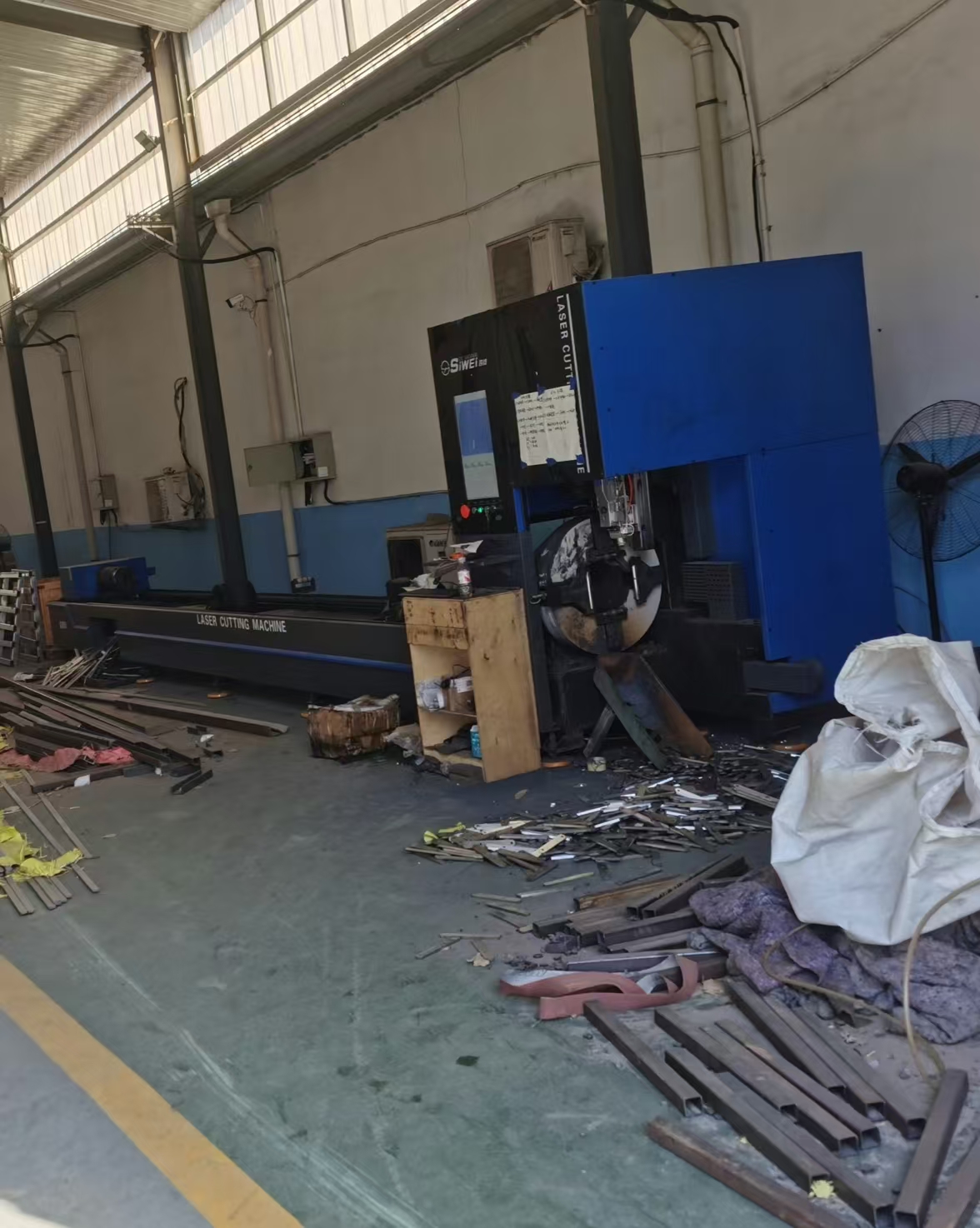We hope that the information provided in this article will help you understand what open body turnbuckles are, how they work, and whether they can be applied to your rigging components. Although turnbuckles are relatively simple mechanically, they can be used to apply tension and eliminate slack in almost any tensioning system.
Turnbuckles can be used with a length of rope, cable or other rigging assembly as a connection point to adjust slack and tension within a rope. Turnbuckles can be used for simple fences or complex suspension bridges. We have closed body rigging screw turnbuckle for sale too. Some industries where turnbuckles are commonly used are:
The cables and wires present in aircraft structures - wings, flight control systems, etc. - are tensioned by turnbuckles.
turnbuckles are used as anchor points and to create tension in ropes around a wrestling or boxing ring. They are covered with a soft material to keep the athletes safe!
turnbuckles are commonly used to provide tension support for suspension bridges, large buildings and highway guardrail cable assemblies.
turnbuckles are commonly used for tensioning lashing and rigging components on ships.
Proper installation of any type of rigging equipment is critical to maintaining a safe and effective application - and turnbuckles are no exception. Installing turnbuckles is a fairly simple process and the following are the steps. You can follow HAIFAN to find more details and we offer suggestions to you.
1. Unscrew the end fittings from the valve body until fully extended over the entire length of the reel
2. Attach the end fittings at both ends to the required fixing points
3. For eye end fittings, simply pass them through any fixing points to be attached (release clips, quick links, etc.)
4. For hook end fittings, simply wrap the hook around any point to which it will be [temporarily] fastened (thimble, release clips, etc.)
5. For jaw end fittings, unscrew the bolt from the jaw, place the fixing point between the U-shaped clamp lugs (thimble, eyebolt, etc.), thread the bolt through, and tighten.
6. Rotate the turnbuckles to bring the end fittings closer together until the desired rope or cable tension is achieved.
7. Tighten the nuts - if you are using them - all the way to the body.
8. As with all other rigging equipment, be sure to keep the working load limit (WLL) in mind when installing turnbuckles.
The most common materials used for turnbuckles are galvanized and stainless steel. If factors such as price and corrosion resistance are important to you, it is important to choose between these two materials.
Stainless steel turnbuckles are ideal for use in outdoor and saltwater environments because they are extremely resistant to rust and corrosion. If corrosion is a concern, stainless steel is probably the best choice of material for turnbuckles.
Galvanized steel turnbuckles are cheaper than stainless steel and can also be used for outdoor applications, but be careful as they are not as corrosion resistant as stainless steel turnbuckles.
Some of the factors to consider when determining the type and configuration of turnbuckles that is best for you:
The three main types of end fittings (eye, jaw, hook) can be combined in any configuration to allow turnbuckles to be attached to open, closed, temporary or permanent connection points. As with any other hardware, make sure you follow the requirements for mandatory removal from service standards and identification criteria.
At HAIFAN, we stock and distribute turnbuckles in a variety of different configurations and sizes. our turnbuckles and turnbuckle parts are manufactured in quality factories, and our inventory also includes a range of rigging hardware, including hooks, rings, shackles, eyebolts and more. If you would like to inquire or receive a quote, please contact our experts today.
 Happy Women's Day
Happy Women's Day
 New Laser Cutting Machine
New Laser Cutting Machine